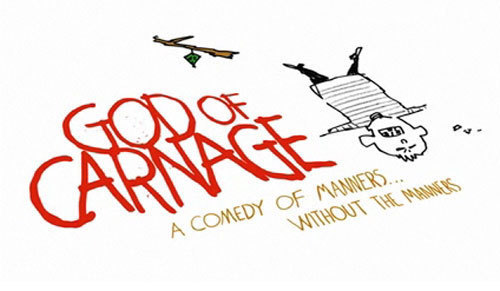On Wednesday, October 21st Siena College’s Creative Arts Department showcased a number of different disciplines and talents within a single event known as Vocomotion. This annual performance beautifully combined the unbelievable singing talents of the Siena College Chamber Singers and Chorus with the creative artistic talents of Siena College Drawing 1 students. The turnout for this event was overwhelming as proud parents, students and friends rushed through the doors of Foy Hall to support these students in their passionate endeavors (as well as indulge in free apple cider and donuts). This combination of art and live performance, at first seemed to be rather curious but once the event began, that curiosity quickly dissipated and did wonders for the notion of human experience.
The live performance and music selection of this event worked in perfect conjunction with the artwork and notion of movement. This musical selection consisted of two separate, yet related, sets written by both George F. Handel (1685-1759) and Aaron Copland (1900-1990). George F. Handel is credited and honored in this case with his set entitled As Pants the Hart for Cooling Streams, while Aaron Copland’s performed set was named Old American Songs. This repertoire of songs is also the same set the Siena Chamber Students took with them to perform in Rochester for the NY State Fall Conference of the American Choir Directors Association at the Eastman School of Music. With Tim Reno up front as the Conductor, Sheri Bauer-Mayorga as the pianist and Petia Kassarova on the cello, this performance transcended the preconceived barriers between music and art.
However, this music would potentially convey a completely different atmospheric tone had the paintings not encompassed the performers. Suspended on the wall in every direction were beautiful renderings of the human image depicted by Scott Fosters Drawing 1 Students. This class worked intensively with the notion of spontaneous marks through critical observation and individual sensitivity of the subject and materials. This class also worked closely with Dr. Reno’s Chamber Singers, as they rehearsed in the studio so the drawing students could understand and conceptualize form on a more active and engaging level.
Individually, the song and art aspects of this interdisciplinary event were beyond impressive but when combined, they were a force to be reckoned with. The way in which the song selection complimented the art was moving to a point of complete transfixion. However, while this music had the audience enthralled and motionless with intrigue, it gave the surrounding art life and action. With the students singing and artwork dancing, it became extremely clear why these two disciplines teamed up.




